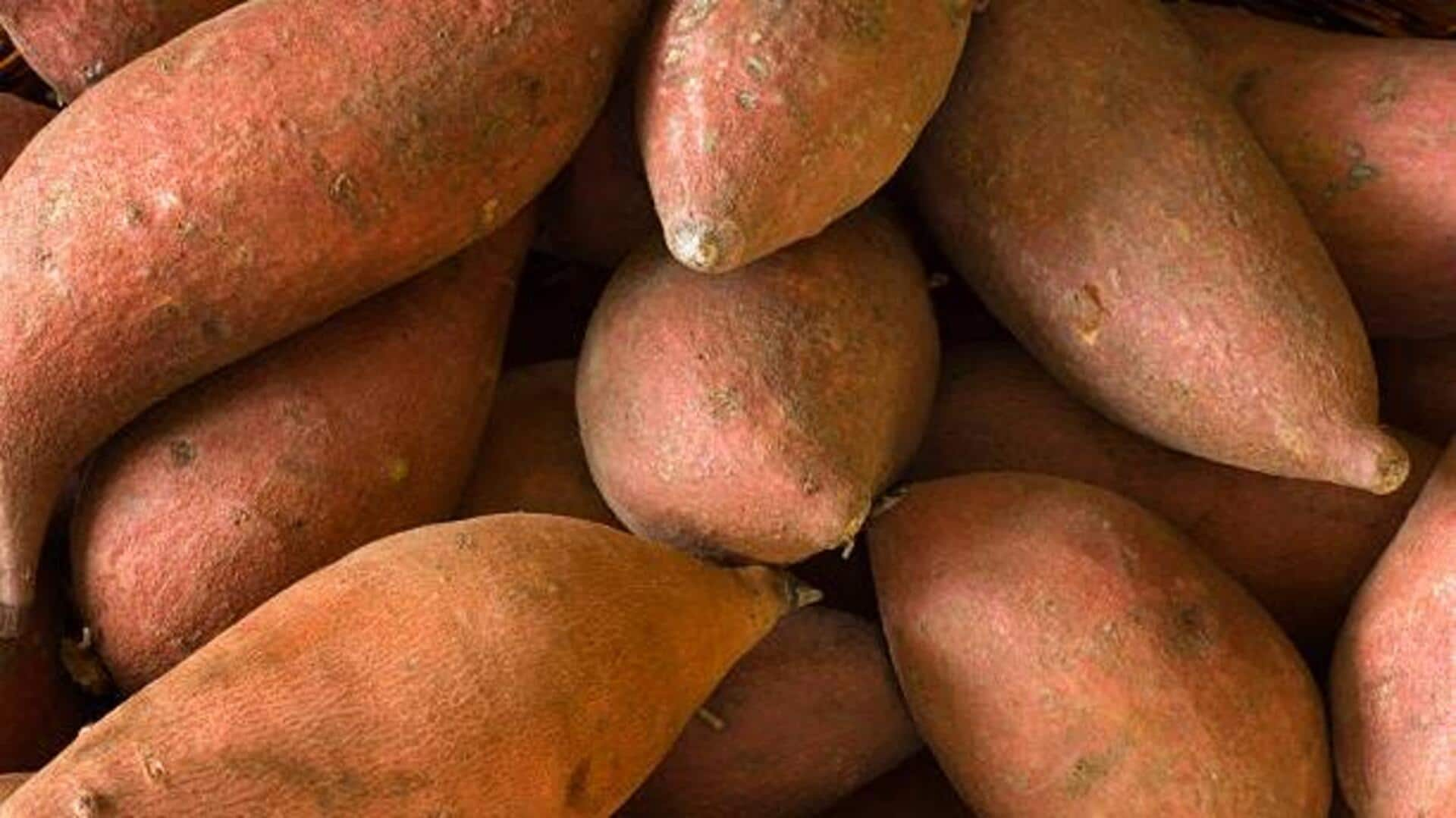
Add these root vegetables to your daily diet
What's the story
Africa is home to a wealth of traditional root vegetables that have been staple parts of local diets for centuries. Not only are the roots nutritious, but they also play a vital role in the continent's culinary traditions. From enhancing flavors to providing essential nutrients, these vegetables are a part of the very fabric of many African dishes. Here are five such traditional roots.
#1
Cassava: The versatile staple
Cassava is among the most widely eaten root vegetables in Africa. Super versatile, it can be boiled, fried, or ground to make flour for baking. Cassava is high on carbohydrates and offers a great source of energy for many communities. It's commonly used to make fufu, a staple food in West Africa. However, despite its benefits, cassava needs to be properly prepared to remove naturally occurring toxins.
#2
Yam: Nutrient-rich and filling
Another staple root vegetable found across Africa is yam. Available in different varieties and sizes, yam can be prepared in various ways, such as by boiling or roasting. Yam is packed with fiber, vitamins C and B6, and potassium, which makes them a nutritious food. They are typically eaten as a side dish or mashed into pounded yam—a go-to side for soups.
#3
Taro: A delicate flavor enhancer
Taro has a subtly sweet taste and creamy texture when cooked. This root vegetable flourishes in tropical climates like the ones across parts of Africa. Taro is rich in dietary fiber as well as vitamins E and B6 which make it healthy when consumed regularly as part of meals such as stews or curries, where it adds depth without overpowering the other ingredients.
#4
Sweet potato: Naturally sweet delight
Apart from natural sweetness, sweet potatoes are packed with nutrients like beta-carotene (a vitamin A precursor), vitamin C, manganese, etc., making them excellent additions to any diet plan. Especially since they are so versatile—baked, roasted, mashed, etc.—they go with both savory and sweet dishes alike. Proving to be an indispensable kitchen staple, they are globally popular today, yet ingrained within African cuisine history too.
Tip 5
Cocoyam: The lesser-known gem
Though cocoyam isn't widely known outside its native regions, it remains a local favorite for its rich nutritional profile. It is packed with essential minerals such as magnesium, iron, and zinc, along with high amounts of dietary fiber that support healthy digestion. With its subtle, nutty flavor, cocoyam shines in a variety of recipes, from soups and casseroles to desserts, showcasing its remarkable versatility.